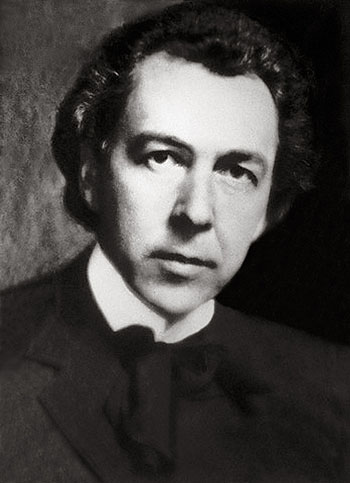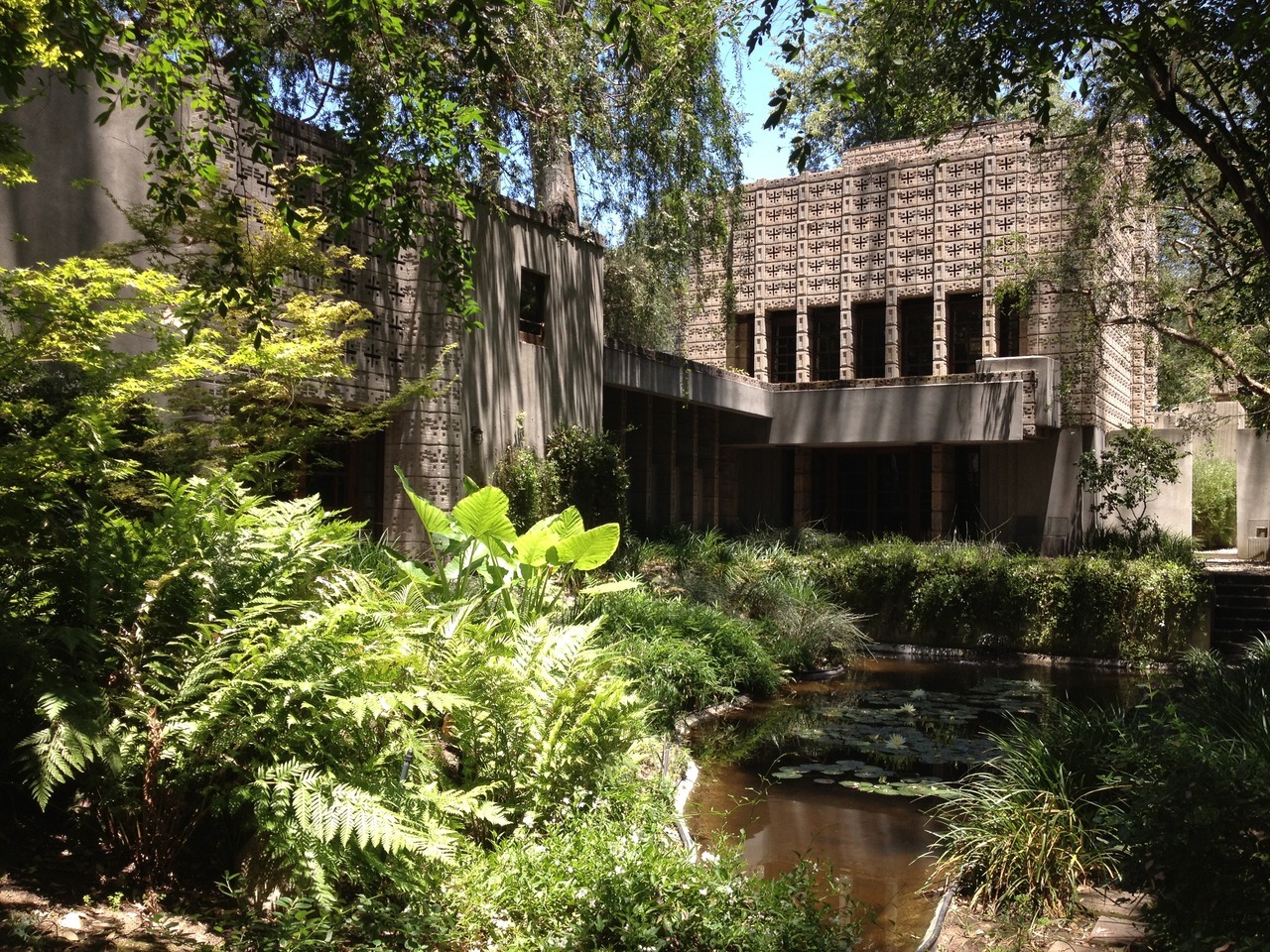
Frank Lloyd Wright (born Frank Lincoln Wright, June 8, 1867 – April 9, 1959) was an American architect, interior designer, writer, and educator, who designed more than 1,000 structures and completed 532. Wright believed in designing structures that were in harmony with humanity and its environment, a philosophy he called organic architecture. This philosophy was best exemplified by Fallingwater (1935), which has been called "the best all-time work of American architecture".[1] Wright was a leader of the Prairie School movement of architecture and developed the concept of the Usonian home, his unique vision for urban planning in the United States.
His work includes original and innovative examples of many building
types, including offices, churches, schools, skyscrapers, hotels, and
museums. Wright also designed many of the interior elements of his
buildings, such as the furniture and stained glass.
Wright wrote 20 books and many articles and was a popular lecturer in
the United States and in Europe. His colorful personal life often made
headlines, most notably for the 1914 fire and murders at his Taliesin studio. Already well known during his lifetime, Wright was recognized in 1991 by the American Institute of Architects as "the greatest American architect of all time".
One of the great innovators in the history of architecture, Frank Lloyd Wright experimented with new design vocabularies and building systems. Shown here are three examples of his imaginative genius.
In the 1920s Wright designed a number of houses in California using
precast "textile" concrete blocks reinforced by an internal system
of bars. This style is exhibited in the first drawing shown here
of the Storer home. Built in Hollywood for Dr. John Storer seventy
years ago, the house is now used in films, television, and print
media to represent the future. Typically Wrightian is the joining
of the structure to its site by a series of terraces that reach
out into and reorder the landscape, making it an integral part of
the architect's vision.
The second design is for a richly decorative stone lintel for the
front of a house built in Milwaukee. Influenced by the architectural
ornament of the Viennese Secession and the abstractions of Cubist
sculpture, Wright here adapts images of Native American chieftans
in a decorative frieze that rivals the work of his own master, Louis
Sullivan.
Through the 1920s he designed a number of innovative houses in
California using precast "textile" concrete blocks reinforced by
an internal system of metal bars. One of the first of these experiments
was this unbuilt project for a house at Eagle Rock, near Pasadena.
Typically Wrightian is the joining of the structure to its site
by a series of levels and terraces that reach out into the landscape.
Preeminent architect Frank Lloyd Wright made a significant impact
on the built environment both in the United States and throughout
the world. He created structures that transformed residences, commercial
buildings, and public spaces for more than half a century. Often
Wright himself designed each of the elements for his projects including
the windows. Intended as a neighborhood kindergarten, Wright built
a “playhouse” for repeat clients Avery and Queen Ferry
Coonley in Riverside, Illinois. In this instance, Wright adapted
balloon shapes, the American Flag, and checkerboard patterns to
create colorful stained glass windows visible in the drawing. [website source]
| The Millard House (Interior) |
 |
| The Millard House |
Other Reads:
Textile Block Period/ Mayan Inspired (on Pinterest)
Ennis House


No comments:
Post a Comment